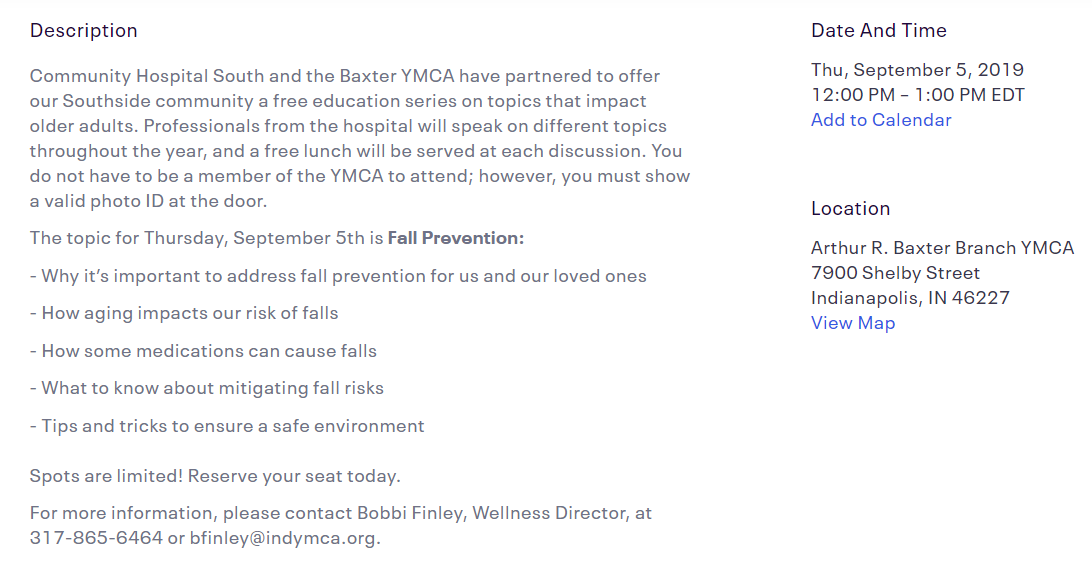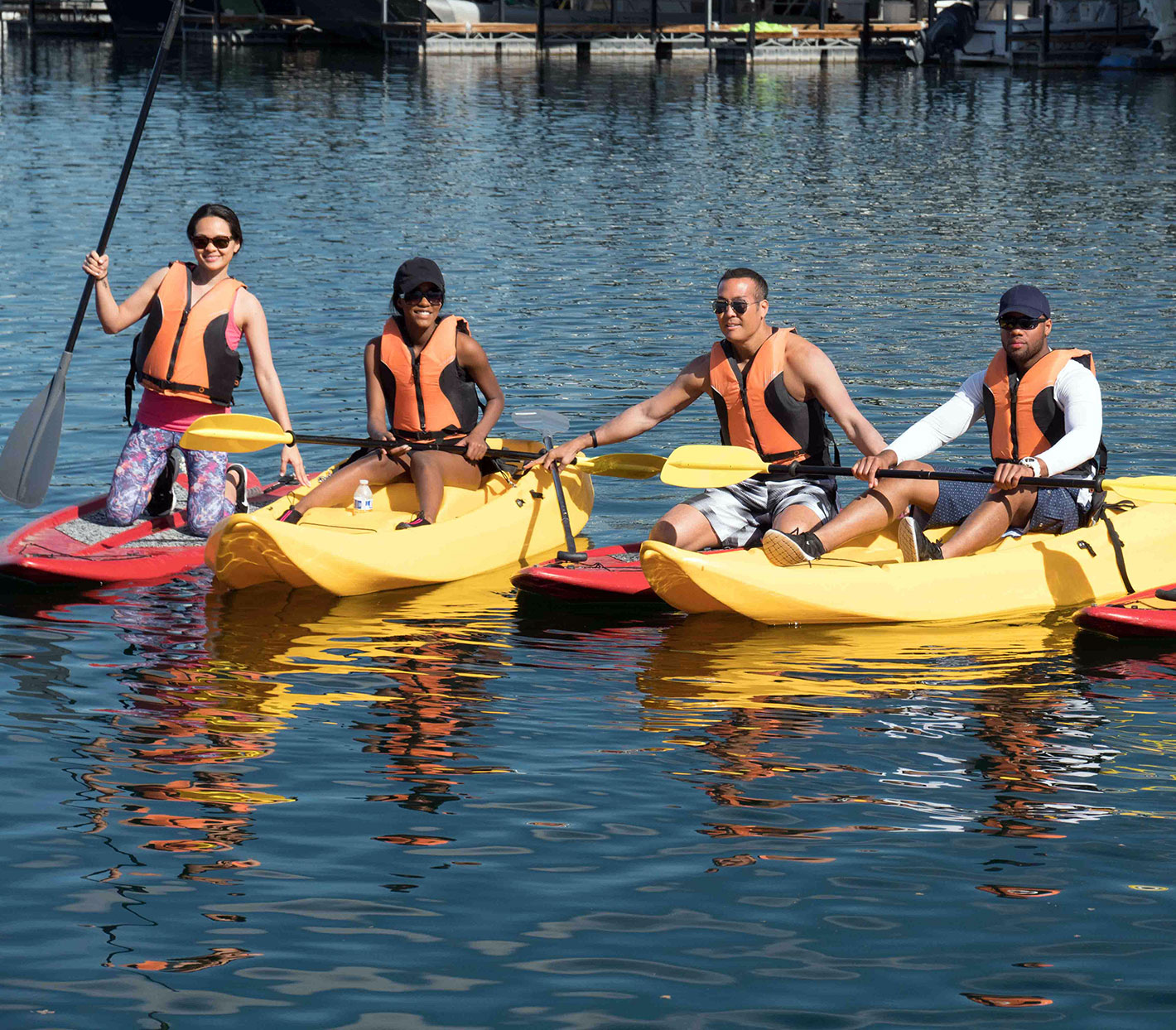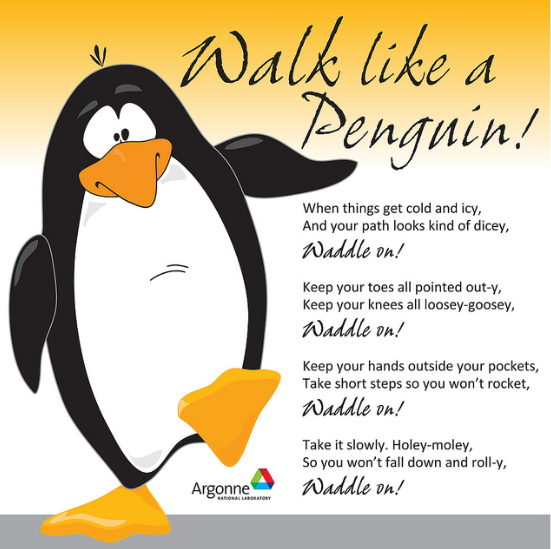





While boaters are required to have a U.S. Coast Guard-approved wearable life jacket on board for every person on their boat, boating safety advocates recommend that everyone on board wears a life jacket at all times while boating. Accidents on the water happen much too fast to reach and put on a stowed life jacket. Drowning is the reported cause of death in 76 percent of all boating fatalities – and 84.5 percent of drowning victims in recreational boating accidents were not wearing a life jacket in 2017.
You don’t want your life jacket too large or too small. A snug fit is a proper fit. Remember, life jackets for adults do not work for children.
Although heat exhaustion isn’t as serious as heat stroke, it isn’t something to be taken lightly. Without proper intervention, heat exhaustion can progress to heat stroke, which can damage the brain and other vital organs, and even cause death.
The most common signs and symptoms of heat exhaustion include:

in.gov/dhs/files/Firework%20Safety%20factsheet%202018.pdf
www.consumerreports.org/sunscreens/best-sunscreens-of-the-year/


Get to know your destination in depth before you arrive. Read traveler reviews and consult with locals for information about the safest neighborhoods, places to stay and incidences of crime. Check the State Department’s website for country updates and enroll in the Smart Traveler Enrollment Program (STEP).
Another important travel security precaution is to know whom to call in an emergency. Get the contact information for the nearest embassy or consulate, police station, and other local emergency departments.
People who look like they’re from out of town are especially vulnerable to crime, so try to blend in as much as you can. Choose inconspicuous clothing that won’t attract attention. Be discreet when looking at maps and approach people carefully if you need to ask for directions.
Also consider investing in protective clothing and gear that will make it more difficult for pickpockets to steal money and other personal items.
You never know when you might need a copy of your passport, driver’s license or another form of identification. Scan these documents to save online and print out several hard copies. That way, you won’t be scrambling to find proper documentation if you need to get home.
No matter whether you’re going, on an overnight jaunt or a month-long international journey, it’s always a good idea to let friends or family back home know. Before you leave, send a copy of your itinerary to a few trusted people who can keep tabs on your whereabouts. Check in regularly with your contacts so they know you’re where you’re supposed to be.
Don’t let the convenience of Internet access cloud your judgment. When you use public Wi-Fi, hackers looking to steal valuable information can access your data including credit card or Social Security numbers. If you do need wireless Internet service, set up a virtual private network (VPN) that will allow you to access the Internet securely while traveling.
Even if your hotel has strong security measures in place, there are steps you can take to make your room safer. Lock and dead-bolt the door and keep your windows shut. You can buy a jammer, which is a portable device that slips under the door for another layer of protection.
Try to give the impression that you’re in your room even when you’re away, such as placing the Do Not Disturb sign on the outside of your door and keeping the blinds or windows closed.
Don’t let any strangers into your room, even if they say they work for the hotel. You can always call the front desk to check whether someone was ordered by hotel staff to come to your room.
Don’t let your guard down to snap the perfect picture for your social media platforms. Keep an eye on your personal belongings at all times and use good judgment when talking to strangers. A big part of the joy of traveling is the opportunities it affords to meet new people and learn about their cultures. But if someone near you is acting suspiciously, or if you feel uncomfortable, leave the area immediately.
Following these tips can help you travel safely, but no matter how many precautions you take the unexpected can always happen. Stay protected with travel insurance from Nationwide, and get peace of mind no matter where you go.
Wind Chill Safety Tips
***************************
Be aware of the WIND CHILL temperature …
The wind chill temperature is the temperature that it feels like outside to people and animals. Wind chill is based on the rate of heat loss from exposed skin caused by combined effects of wind and cold. As the wind increases, heat is carried away from the body at an accelerated rate, driving down the body temperature. Therefore, the wind makes it feel much colder. If the temperature is 10° F and the wind is blowing at 15 mph, the wind chill temperature is -18° F. With a wind chill temperature of -20° F, exposed skin can freeze in less than five minutes.
*******************************
What is FROSTBITE? ….
Frostbite when the body tissue freezes and damage to that tissue occurs. The most susceptible parts of the body are the extremities such as fingers, toes, ear lobes, or the tip of the nose. Symptoms include a loss of feeling in the extremity and a white or pale appearance. Medical attention is needed immediately for frostbite. The area should be SLOWLY rewarmed.
**************************************
What is HYPOTHERMIA? …..
Hypothermia is when the body temperature falls below 95° F. Determine this by taking ones temperature. Warning signs include uncontrollable shivering, memory loss, disorientation, incoherence, slurred speech, drowsiness, and apparent exhaustion. Medical attention is needed immediately. If it is not available, begin warming the body SLOWLY. Warm the body core first, not the extremities. To warm the extremities first drives the cold blood to the heart and can cause the body temperature to drop further which may lead to heart failure. Get the person into dry clothing and wrap in a warm blanket covering the head and neck. Do not give the person alcohol, drugs, coffee, or any HOT beverage or food. WARM broth and food is better.
About 20 % of cold related deaths occur in the home. Young children under the age of two and the elderly, those over 60 years of age, are most susceptible to hypothermia. Hypothermia can set in over a period of time. Keep the thermostat above 69°F; wear warm clothing; eat food for warmth and drink plenty of water (or fluids other than alcohol) to keep hydrated.
NOTE: Alcohol will lower your body temperature.
***************************************
DRESS TO FIT THE SEASON ….
The best way to avoid hypothermia or frostbite is to stay warm and dry indoors. When you must go outside, dress appropriately. Wear several layers of loose-fitting, light-weight, warm clothing. Trapped air between the layers will insulate you. Layers can be removed to avoid sweating and subsequent chill. Outer garments should be tightly woven, water repellent, and hooded. Where a hat – half of your body heat can be loss from your head. Cover your mouth to protect your lungs from extreme cold. Mittens, snug at the wrist, are better than gloves. Try to stay dry and out of the wind.
*******************************************
AVOID OVEREXERTION …
Your heart is already working overtime in the cold weather. The strain from the cold and the hard labor of shoveling heavy snow, walking through drifts or pushing a car may cause a heart attack. Sweating from overexertion could lead to chill and hypothermia.


Does one side of the face droop or is it numb? Ask the person to smile. Is the person’s smile uneven or lopsided?
Is one arm weak or numb? Ask the person to raise both arms. Does one arm drift downward?
Is speech slurred? Is the person unable to speak or hard to understand? Ask the person to repeat a simple sentence, like “The sky is blue.” Is the person able to correctly repeat the words?
If someone shows any of these symptoms, even if the symptoms go away, call 9-1-1 and say, “I think this is a stroke” to help get the person to the hospital immediately. Time is important! Don’t delay, and also note the time when the first symptoms appeared. Emergency responders will want to know.